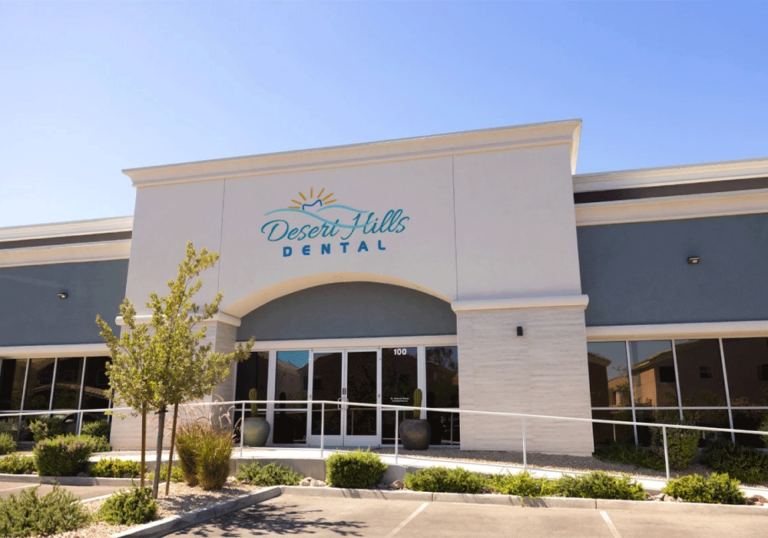Knocked Out Teeth: Next Steps for the Most Common Dental Emergency
Contrary to what the movies might tell you, there are other ways to knock out a tooth than getting into a fistfight. As one of the most common dental emergencies knocked out or avulsed teeth can occur due to simple falls, face injuries, contact sports, and more. While this ailment is common, only about 9 percent of adults in the U.S. know what to do if it happens.
If you find yourself with an avulsed tooth, not all hope is lost but you must act fast. Ideally, you should see your dentist within 30 minutes after losing the tooth or teeth, however, reimplantation has occurred after over an hour. With these steps, you can be prepared and have greater chances of salvaging your lost tooth!
Locate and pick up the tooth by the crown.
Under NO circumstances should you pick the tooth up by the roots. Hold the tooth at the crown (chewing surface). Be very gentle when handling the tooth and do your best not to damage the roots for greater chances of reimplantation.
If the tooth is dirty, rinse gently with water.
Rinse the tooth very briefly, no more than 10 seconds, only using lukewarm water. Do not use chemicals or soaps. Even too much tap water can kill the root cells that are needed for successful reimplantation. Do not dry the tooth, wipe it off, or place it in a paper towel.
Attempt to place the tooth back in the socket.
Placing the tooth back in the socket is the most important next step until you can get to your dentist. If the lost tooth is wholly intact from root to crown, attempt to place the tooth back in the socket right away. Holding it by the crown, push the tooth into the socket gently. Hold the tooth in place with your fingers or very gently bite down.
Keep the tooth moist at all times.
It is imperative that you do not let the tooth dry out, keeping it moist at all times. If the tooth will not go back into the socket, you have a couple of options. According to the Mayo Clinic, placing the tooth in your cheek is the best and most natural alternative to placing it back in the socket. You can also place the tooth in milk or an over-the-counter emergency tooth preservation kit if you have quick access to it.
See your dentist within 30 minutes of the injury.
After your tooth has been knocked completely out of the socket, the nerve is severed and the blood supply is lost, meaning you do not have much time before that nerve dies completely, hence the urgency. Call Desert Hills Dental immediately to inquire about our emergency services. Though it’s unlikely, if the dentist cannot see you in time, go to the emergency room.
Depending on the damage, it can take a tooth anywhere from 1-8 weeks to successfully reattach into the socket. After the tooth has healed, there should be no need for further services besides your regular check-ups. If the tooth is unable to be reimplanted, your dentist will most likely discuss tooth replacement options, such as a dental bridge or dental implant, with you after the socket has healed.
To prevent having to actually do any of this in the future, make sure you’re always taking precautions to protect your mouth. If you play a contact sport, be sure you are wearing a mouthguard not only in games but in practice as well. When life happens, however, you can now be prepared and potentially save yourself from a much more invasive and costly procedure. At Desert Hills Dental, we want you fully equipped with the knowledge you need to take care of your oral health.
